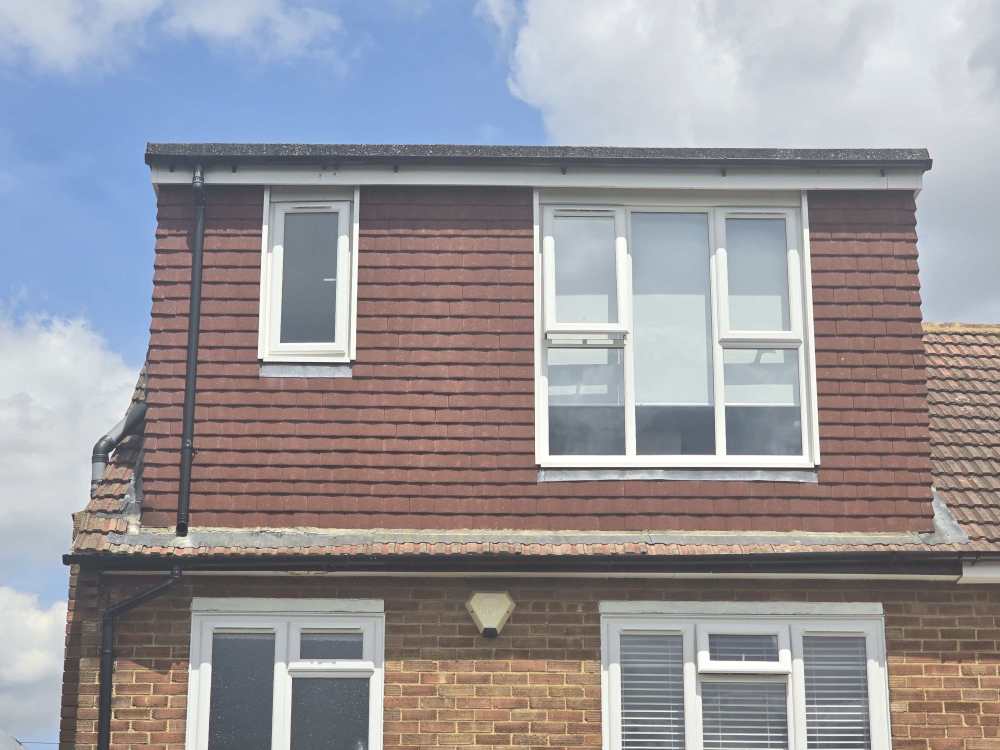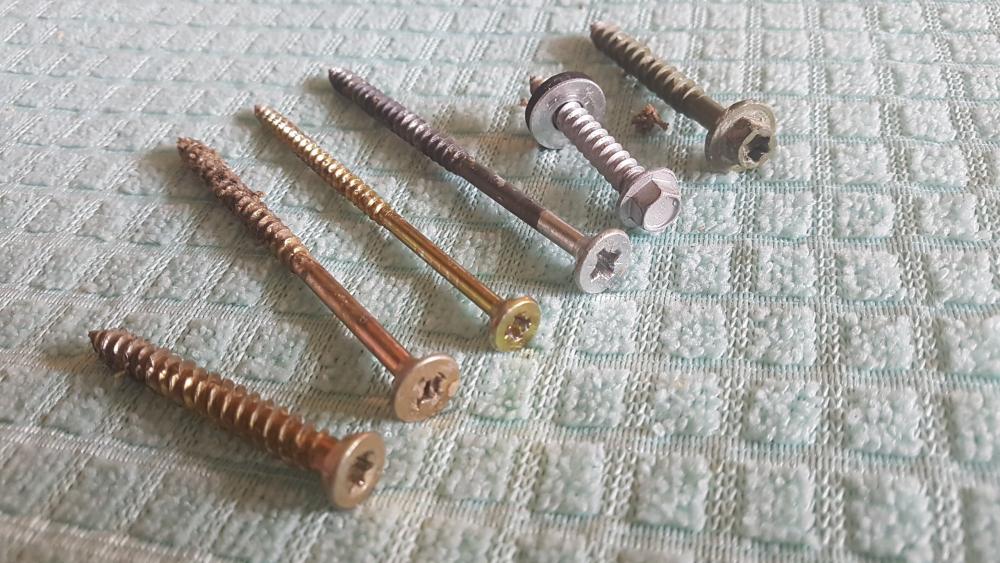Search the Community
Showing results for tags 'fixings'.
-
After some insight as to how this part of a job can be rectified as the current roofers on the job are advising that this is how the roof will look due to to there being no additional baton next to the dormer. There are actually some issues identified which is being pursued when the dormer was put in less than 10 years ago rafters not secured, extremely bad sistering of rafters resulting in a dipped roof, non compliant insulation in roof void space etc. So the roofer brought in in addition to me arranging the local authority building control was carrying out the remedial works. Works started off OK until they got to the initial roof repair part that I initially brought them in for. Roof originally looked bad in this verge area before the reroof but now the repair has been undertaken it still looks aesthetically bad. Roofer said the gable wall is not straight also impacting the aesthetic but says that there was only one fixing on the wall when there should have been two. I have the video of the removal process exposing the original bodge from the dormer installation hower what I cannot work out is whether the roofer should have undertaken something else to rectify and try and align the tiles alot better. Photo with scaffolding is the new verge and the photo without scaffolding is the old tiles and verge. Bottom left shows the kickout
-
I'm in the process of planning a detached garage conversion. The wall will need to hold some pretty heavy and important things like: Boiler Consumer unit Wall mounted server cabinet So strength of fixings is going to be important as well as insulation and U/R values. Reading up it looks like fixings for insulated plasterboard are a bit of a pain and don't get great reviews so leaning towards Stud walls with PIR between and plasterboard on top making sure I have extra timber where needed. Given the construction (from planning permission history) is rendered 200mm lightweight block-work. How do I go about calculating the construction for insulation? I seem to be reading conflicting info on whether you need a void depending on whether you have a vapour barrier or not so my initial thoughts from outside-in are: Render 200mm block-work Damp Proof Membrane (any reason why not?) 100mm studs filled with 100mm foil backed PIR Vapour Barrier 12.5mm Plasterboard Skim Layer Is this going to achieve the 0.30 W/m²·K to satisfy Approved Document L - England, Existing Buildings - Refurbishment requirements? Block-work looks like this currently
- 6 replies
-
- solid walls
- insulation
-
(and 1 more)
Tagged with:
-
The wall plate on the south face of our build runs across two sections: Durisol and steel. I'm almost clear about how to fix it to the Durisol. But how do we fix it to the top of the RSJ ? Is a simple bit of M14 threaded bar with bolts top and bottom sensible? (Countersunk bolt and bar at the top). Or is this a question the SE needs to answer?
-
Shuttering came down this weekend: well, most of it. The shuttering was screwed onto the wall by gorillas. Some joker had given them several boxes of screws with which to play: here's one of each type. And, being fun-loving gorillas, they managed to burr at least 50% of the heads sink the screw so deep into the shuttering the screw was invisible destroy the heads put the screws deep into the wood at an angle so that it was possible to see that there was a screw in the wood, but it was impossible to tell the type of screw hid the screw behind a thin scrim of concrete I bought a proper set of (Na! Bosch naturlich!) screw-driver bits. I armed myself with patience and good humour. I balanced happily on a proper scaffolding tower. And by tea time on Saturday I had been transformed into a furious, fulminating Dervish, happily ready to rip the arms off the nearest gorilla and beat it to death with the soggy ends. I am I alone in this sentiment?
- 29 replies




